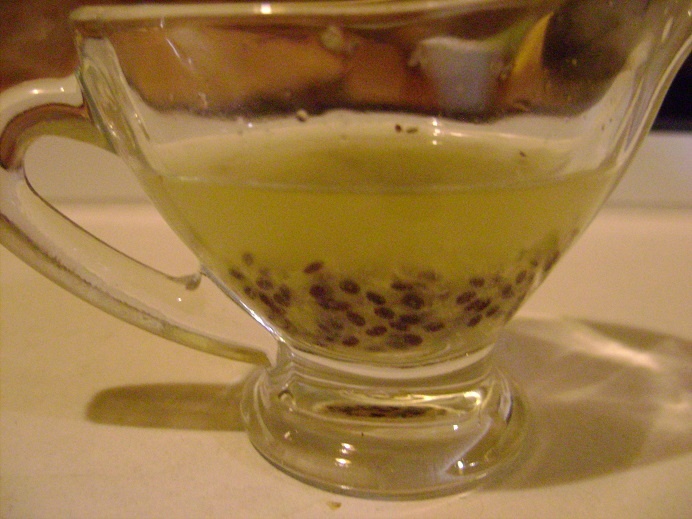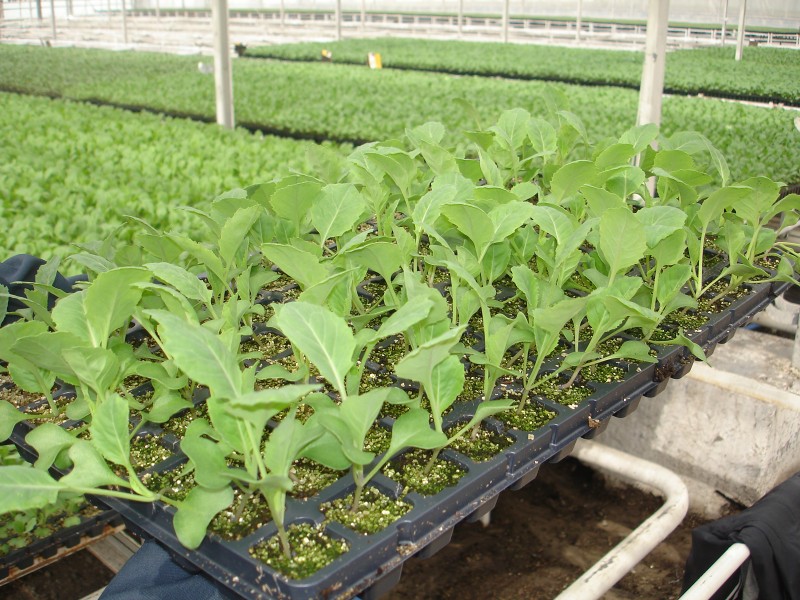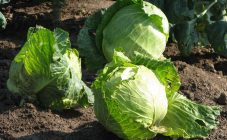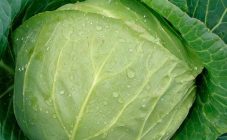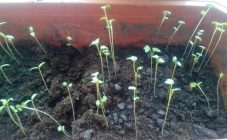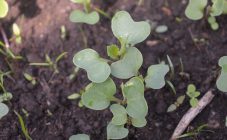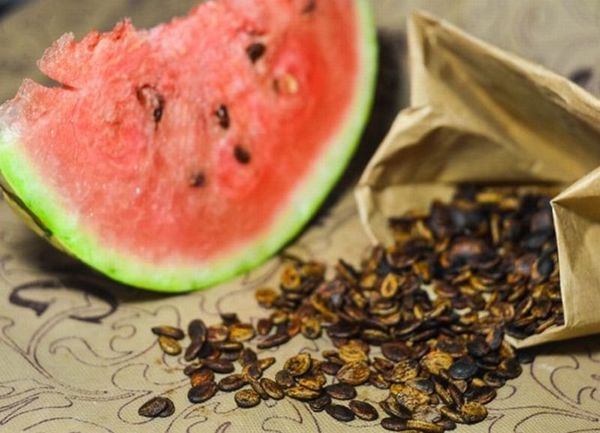Content:
Cabbage is one of the most popular crops among gardeners. Its popularity is attributed to several factors. First, people have been cultivating this vegetable for 4,000 years. Secondly, cabbage fruits are used in a large number of dishes, including borsch, which is so loved in the East Slavic states. Thirdly, everything is known to the smallest detail about the care and types of cabbage, which can be seen by reading this article. One of the important stages of cultivation is the preparation of cabbage seeds for sowing seedlings.
Characteristics of culture
Cabbage is a "lover" of light and tolerates low temperatures. In Russia, summer residents collect the harvest in the form of heads of cabbage throughout the season. Sowing begins in April, and at the end of May the first fruits are already ready.
The most sophisticated first try to plant seeds in an apartment (house). To do this, you need to prepare the soil in the rollers and sow cabbage seeds. Early varieties of cabbage are grown in greenhouses, in which the gardener planted the first shoots. Young cabbage shoots reach a height of 15-20 cm, and its rhizome is about 10 cm. At this tender age, the seedling is extremely unstable to the effects of pests, therefore, immediately after planting, it must be processed.
For varieties of medium and late ripening, such planting places are suitable as:
- greenhouse without heating;
- film structures;
- beds (if they do not predict sudden changes in air temperature).
Stages of preparing seeds for sowing
A quick and abundant result in the form of a harvest will provide the correct storage conditions for seed material. These conditions include:
- storage of seeds in a place with a humidity of 30 to 50%;
- storage at temperatures from 15 to 20 ° С;
- storage with minimal exposure to ultraviolet radiation.
Shop seeds should be examined for the method of processing. Information about this is contained in the packaging in which they are located. They, as a rule, have already passed all stages of processing and are suitable for direct planting in the ground. But what if the whole process needs to be done manually?
Calibration and determination of germination rate
The selection and calibration of seeds are the first steps of a gardener who is going to harvest cabbage in a few months. The sizing process is to select the correct seed size. To do this, you need to arm yourself with a strainer, the diameter of the fractions of which is 2 mm. This is the size of the seed to be sown.
After that, they must be immersed in a solution of water and salt (for 1 liter of water, 30-50 g of salt). Gradually, the seeds will begin to float. Stirring this solution, you need to gradually toss into it all the available cabbage seeds. Those that are unsuitable for sowing will end up on the surface. They can be safely pulled out and thrown away, since they will not germinate anyway. Large ones will settle at the bottom. After all the above manipulations, the solution should be drained. Suitable seeds identified during the calibration process must be rinsed with cold water and dried.
The next question is: how to check the probability that the seeds will sprout? Quite simply: they, already dried, are wrapped in a small piece of dense cloth and placed in a bowl.
The container with seeds is placed where the temperature is about 15-20 ° C, for example, in a refrigerator. After 3 days of finding the seeds in this state, the degree of their germination is determined. A lot of seeds is considered suitable for sowing if more than 90% were able to germinate.
How to disinfect seeds
Seed treatment is needed to prevent fungal diseases. To do this, in a bag of gauze, they are dipped into water, the temperature of which is about 50 °. It will take 15-20 minutes to keep the seeds in such an environment. Then remove and cool by dipping cabbage seeds in cold water for 2 minutes. After completing these steps, the planting material should then be laid out for drying. For this, a surface is needed where the temperature regime (1-5 ° C) would be observed, nothing would stick to the seeds, used as a substrate (towel, scarf or napkin) and there would be no access to sunlight. The bottom shelf of the refrigerator is fine again. It will take 20 hours to keep the seeds there.
Before planting seeds, gardeners recommend rinsing them in a warm 1% solution of potassium permanganate. This will improve metabolism and is a good prevention of any disease. Keep the seeds in the solution for 25 minutes.
Also for these purposes, special preparations are suitable for processing:
- albite;
- bactophyte;
- Maksim;
- planriz;
- phytosporin-M.
Soak
Do I need to soak cabbage seeds before planting seedlings? Yes, this is a necessary and important process. To do this, at home, planting material should be placed in a solution in which they are saturated with the necessary substances (salt, manganese, iron). This is the essence of soaking. Soak should be 20 hours: this applies to both purchased seeds and those obtained from the last harvest. The solution is diluted (2 ml per 0.5 l of water) using a zircon treatment. At the end of the procedure, you need to rinse the seeds with cold water.
After that, they should be soaked again for 12 hours until they are completely swollen. To do this, they are laid out on saucers, filled with water, the temperature of which is 15-20 °. Storage of planting material during the swelling period should take place in a warm place.
Oktyabrina Ganichkina, a popular TV presenter on the Usadba channel, also advises to subject the planting material to the vernalization process within 2 weeks from the moment the first shoots appear. In this case, they are placed in a temperature regime from 0 ° C to −3 ° C, which will contribute to a bountiful harvest.
So, all of the above material exhaustively shows whether it is necessary to soak cabbage seeds before planting on seedlings. Now about how to plant them in the ground.
Seedling soil
The main qualities of soil for accelerated ripening of cabbage are neutrality and fertility. The soil should not be overly acidic and mineralized. Plant sprouted seeds in purchased soil, which has all the necessary qualities and is not so expensive. But some gardeners prefer to prepare the soil for cabbage on their own.
Seeds with sprouts can be planted in a soil consisting of peat, turf, sand in such a proportion that all components are presented 1: 1: 1. To avoid the sour taste of cabbage, the soil should be treated with boiling water or potassium permanganate solution.
To increase the fertility of the soil and the speedy growth of seedlings, the mixture for soil preparation is flavored with 1-2 tbsp. spoons of mineral fertilizer. It is important to note that if the seedlings are planted in a greenhouse, then this poses several additional tasks for the gardener. You need a hole 50-60 cm deep. Half of its depth should be filled with manure, which will serve as heating. After filling up a layer of soil (14 cm), and on top of humus 10-12 cm. All this should be diluted with peat (5-6 cm).This is a recipe for the most effective seedling soil in a greenhouse.
Sowing seeds for seedlings
From the moment of sowing to the appearance of the first shoots, it takes about 40 days. For early cabbage, this figure can be up to 3 months.
For sowing, boxes are usually used, the depth of which is 4-5 cm. They are placed in a room with a temperature of 18-23 ° C. Seedlings (not heads of cabbage, but what they are formed from) appear on the 3rd day. For containers, the same soil compilation guidelines are relevant as for greenhouses. Seeds are sown in grooves 1-2 pieces per 2 cm.The holes in diameter should not exceed 0.8-1 cm.
Further, the gardener can only wait for the result of cultivation. Whichever method of preparing the planting material he chooses, there will still be a harvest: sooner or later!
